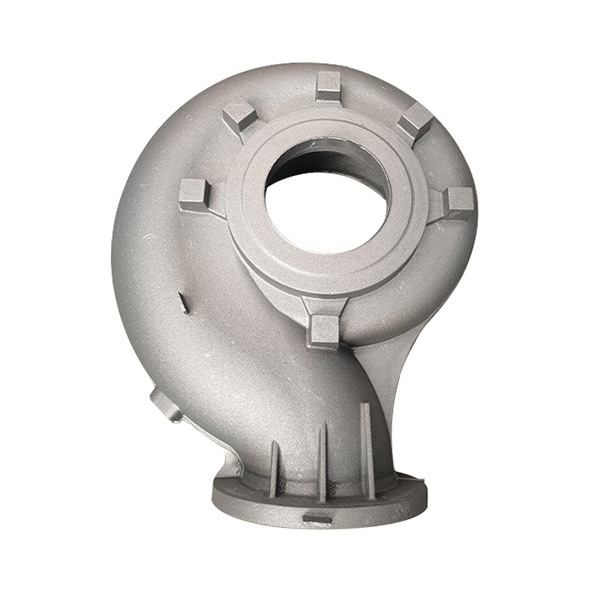Mobile:+86-311-808-126-83
Email:info@ydcastings.com
Exploring the Importance and Design Features of Submersible Pump Casings in Fluid Systems
Understanding Submersible Pump Casings Design and Applications
Submersible pumps have become an essential component in various industrial and agricultural applications, particularly in water extraction from wells and boreholes. The efficiency and durability of these pumps largely depend on their casings, which serve as the protective outer structure enclosing the pump's internal components, including the motor and impeller. This article delves into the importance of submersible pump casings, their design features, materials used, and their impact on overall pump performance.
The Role of Submersible Pump Casings
The primary function of a submersible pump casing is to house the electric motor and other crucial components, ensuring they remain submerged in water while operating efficiently. The casing also serves to prevent the ingress of water, protecting sensitive parts of the pump from damage and corrosion. Additionally, the casing promotes the efficient flow of water into the pump, minimizing turbulence and optimizing performance.
Design Features
Submersible pump casings are designed with several key features that enhance their functionality. First, they are typically cylindrical in shape, allowing for an even distribution of hydraulic pressure. This design helps maintain structural integrity under the significant pressures found at various depths, which can exceed hundreds of feet.
Another important design aspect is the presence of multiple intake ports, allowing water to enter the pump from various angles. This feature reduces blockage risks, especially in dirty or sediment-laden water environments. Furthermore, submersible pump casings often include strategically placed joints and seals to prevent leaks and protect the internal components from environmental challenges.
Moreover, some casings are designed with features such as anti-turbulence guides or diffusers that streamline the flow of water, ensuring a more uniform and efficient delivery to the impeller. This enhancement can lead to improved pump performance, reduced energy consumption, and a longer service life.
submersible pump casing

Materials Used in Casings
The choice of materials used in submersible pump casings is critical, as it directly affects performance and longevity. Common materials include stainless steel, cast iron, and various plastics.
- Stainless Steel Known for its corrosion resistance, stainless steel is ideal for applications involving aggressive or corrosive substances, such as seawater or industrial wastewater. It provides the durability required for long-term submersion.
- Cast Iron Often used for its strength and cost-effectiveness, cast iron casings can withstand high pressure and rigid conditions in industrial applications. However, they may be more susceptible to rusting if not properly maintained.
- Plastics In lower-cost applications, certain plastics can be utilized for casings. While these materials may not offer the same strength as metals, they are lightweight and resistant to corrosion, making them suitable for specific environments.
Conclusion
The design and material selection for submersible pump casings play a critical role in ensuring the reliability and efficiency of water pumping systems. As industries continue to require effective and durable solutions for water extraction and management, advancements in casing technology will lead to improved performance, greater energy efficiency, and reduced maintenance costs. Investing in high-quality submersible pump casings not only enhances the longevity of the pumps but also contributes to the overall success of water resource management in various applications. As technological advancements continue, the future of submersible pump casings looks promising, with potential innovations that could further optimize their performance in challenging environments.
-
Why Should You Invest in Superior Pump Castings for Your Equipment?NewsJun.09,2025
-
Unlock Performance Potential with Stainless Impellers and Aluminum End CapsNewsJun.09,2025
-
Revolutionize Your Machinery with Superior Cast Iron and Aluminum ComponentsNewsJun.09,2025
-
Revolutionize Fluid Dynamics with Premium Pump ComponentsNewsJun.09,2025
-
Optimizing Industrial Systems with Essential Valve ComponentsNewsJun.09,2025
-
Elevate Grid Efficiency with High-Precision Power CastingsNewsJun.09,2025











